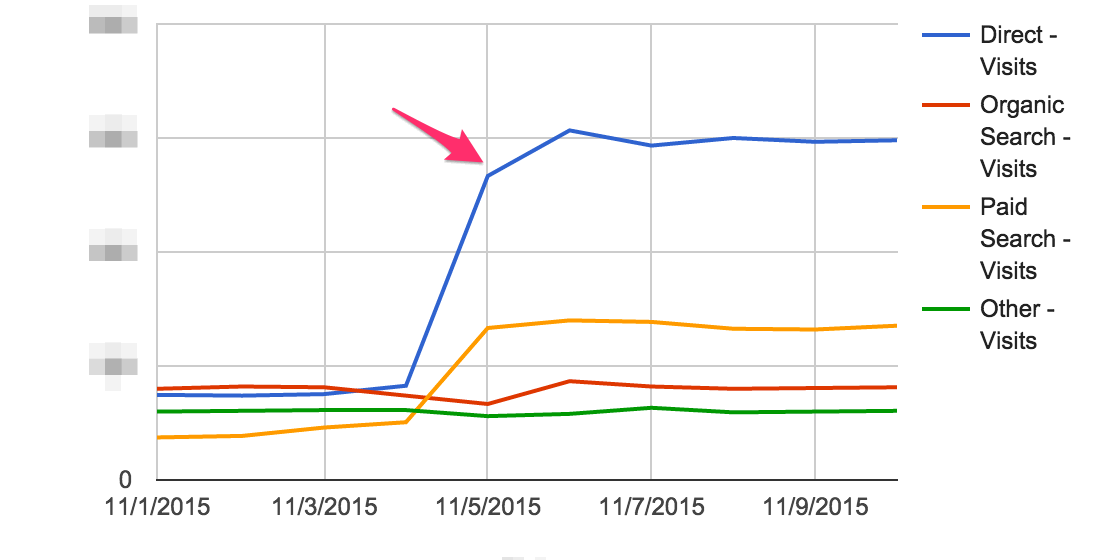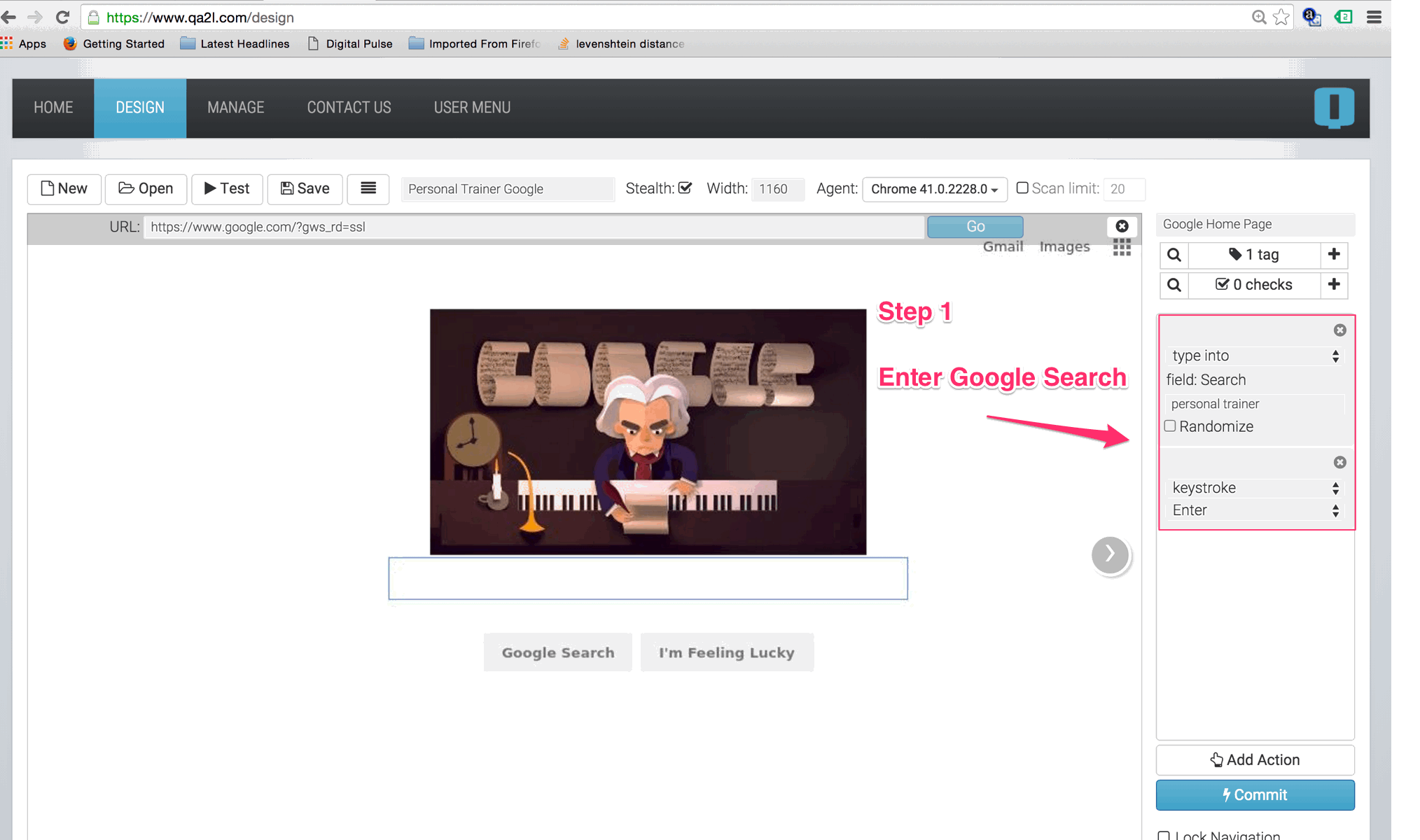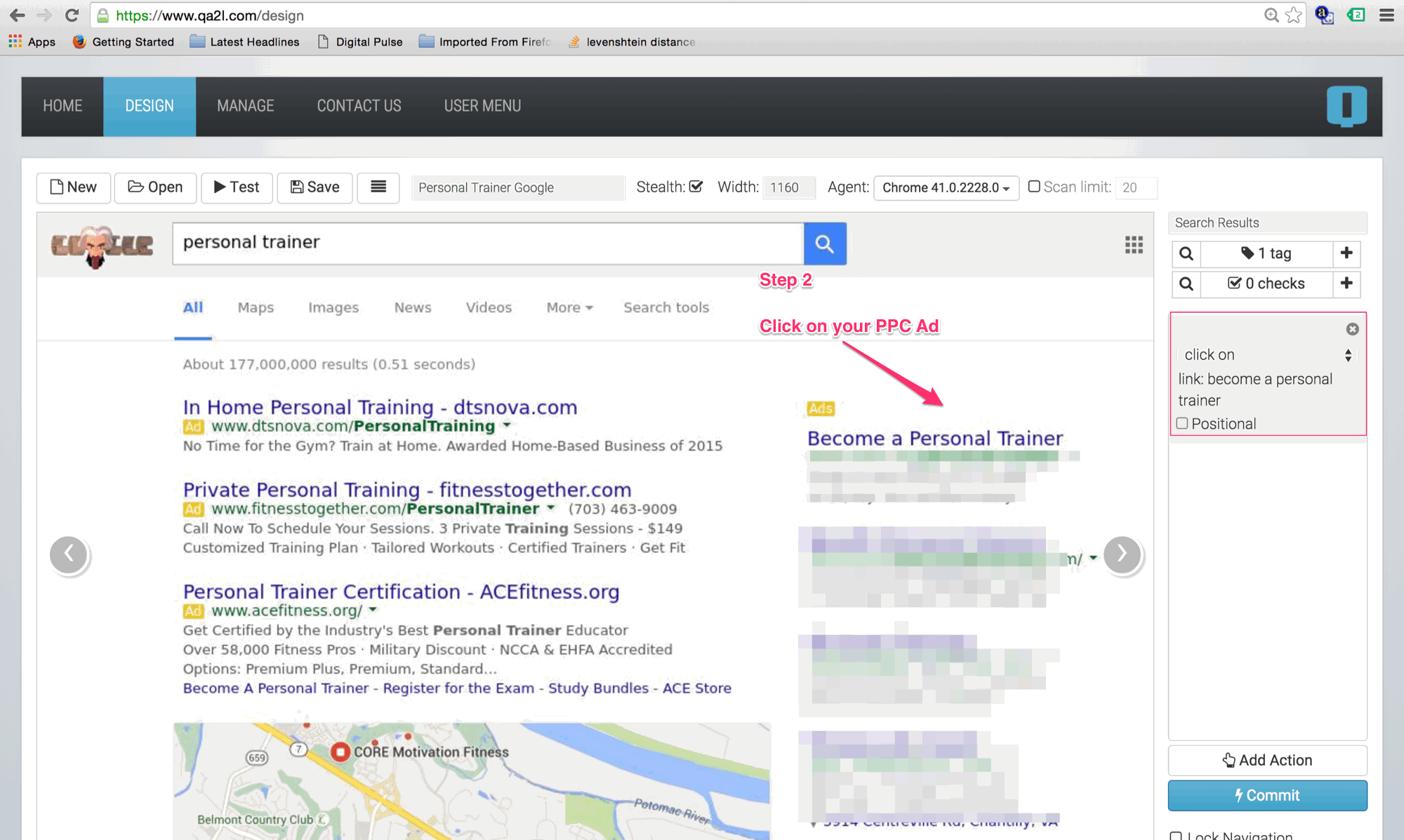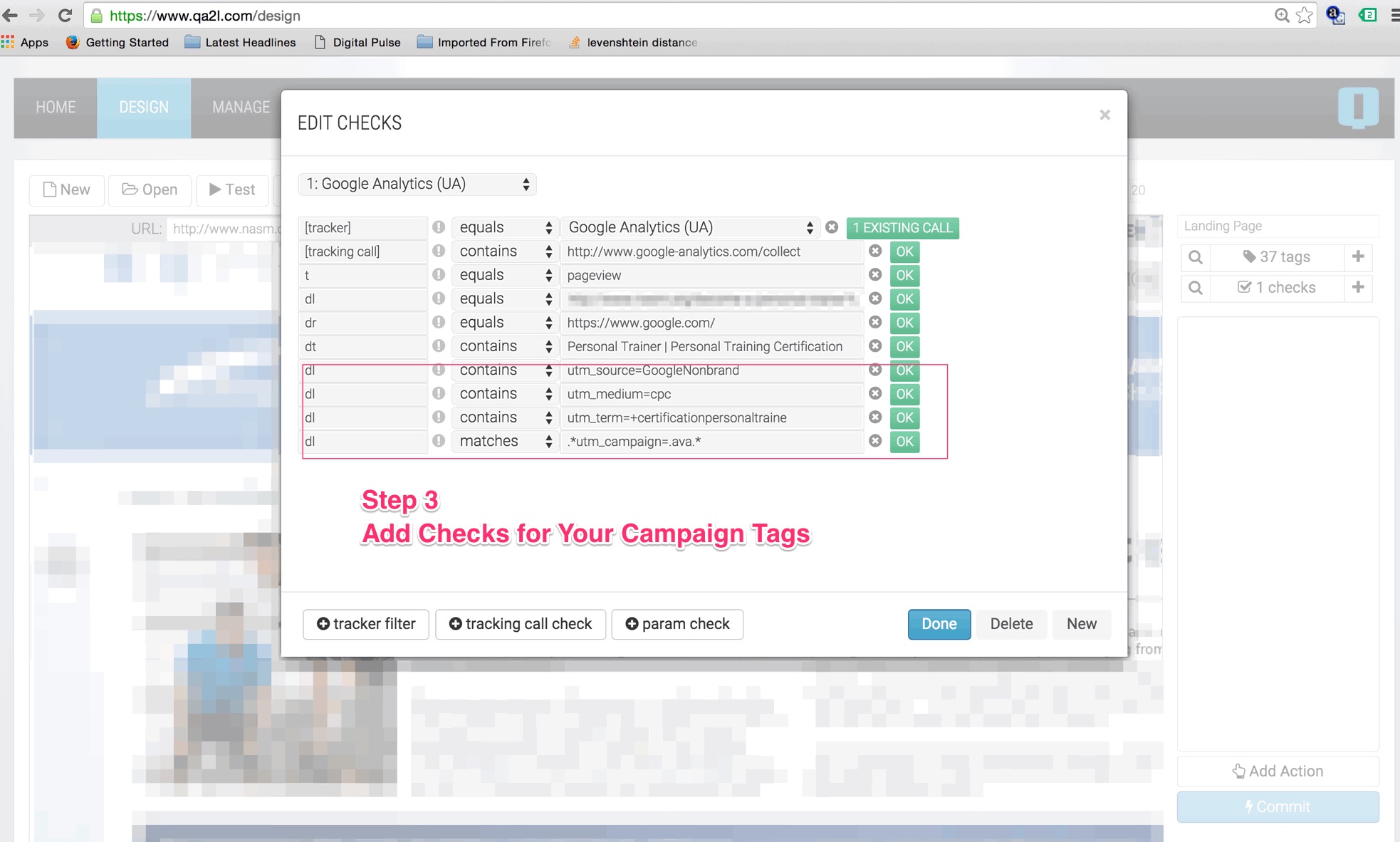Why is Search Engine Traffic Labeled as Direct?
For years the best practice recommendation for marketers has been to append unique marketing tags to the landing URL of Paid Search campaigns. They do this by changing the landing URL from: http://www.myExampleSite.com to: http://www.myExampleSite.com?cid=my_PPC_campaign1
The variation of the campaign tag differs from one vendor to the next, Google expects utm_source, utm_medium, utm_campaign, Webtrends uses WT.mc_id, Adobe's default tag is cid, but overall the process is simple… or so it seems.
The difficulties start once you begin dealing with hundreds or thousands of unique keyword buys with dedicated URLs. Things get even hairier if you are working with a partner or an agency to implement the PPC buys. Long story short, often these tags become early victims of the process.
The final result is that the Marketing Channels or Acquisition reports become completely unreliable. Ultimately, marketers lose the capability to track the true ROI of their campaigns, not to mention the havoc these dropped tags wreak on your carefully crafted reports.
Recently, we ran into a very peculiar case of this mold. In reviewing Adobe’s Last Touch Marketing Channel reports we noticed a manifold increase over a single day for the Direct Traffic acquisition channel. 
The nature of Direct Traffic is that it is for the most part steady, so the spike was very curious. We also noticed that the PPC channel displayed a similar spike in traffic for the same day. Could the two be related?
As it turns out, our Marketing agency launched several PPC campaigns on that day and in looking at the keywords they were bidding on, we saw a variety of landing URLs:
- Landing URLs that were correctly tagged
- Landing URLs that were tagged, but incorrectly - the campaign identifying tag was misspelled
- Landing URLs that were not tagged at all
Case 1 is ideal. For cases 2 and 3, however, we would have expected this traffic to flow into one of our other more logical acquisition channels (perhaps, Other Referrals or Organic Search, certainly not Direct)?
The "Other Referrals" or "Organic Search" channels rely on the HTTP referrer. However, the HTTP referrer by default would not get passed when the user comes from HTTPS page and the landing URLs are all HTTP (more details here). The net result is that when there is no campaign tag, Paid Search traffic may end up showing as Direct traffic.
This underscores the need to ensure the accurate placement of marketing tags. After all, being able to correctly report on the ROI of your marketing spend is (or should be) one of the key goals of any analytics effort.
When we were designing QA2L this was one of the use cases that we had in mind. Using our flow methodology, it is as simple as designing a three step task.
Step 1 - Go to google.com:

2. Run a search for one of your keywords:

3. Click through to your website and check your analytics request for the correct campaign values:
Et Voila!
Are you managing hundreds or thousands of such campaigns and running into data quality issues? Interested in implementing the same kind of checks for your campaigns? Give QA2L a try or contact us!
Tags: Analytics Tips